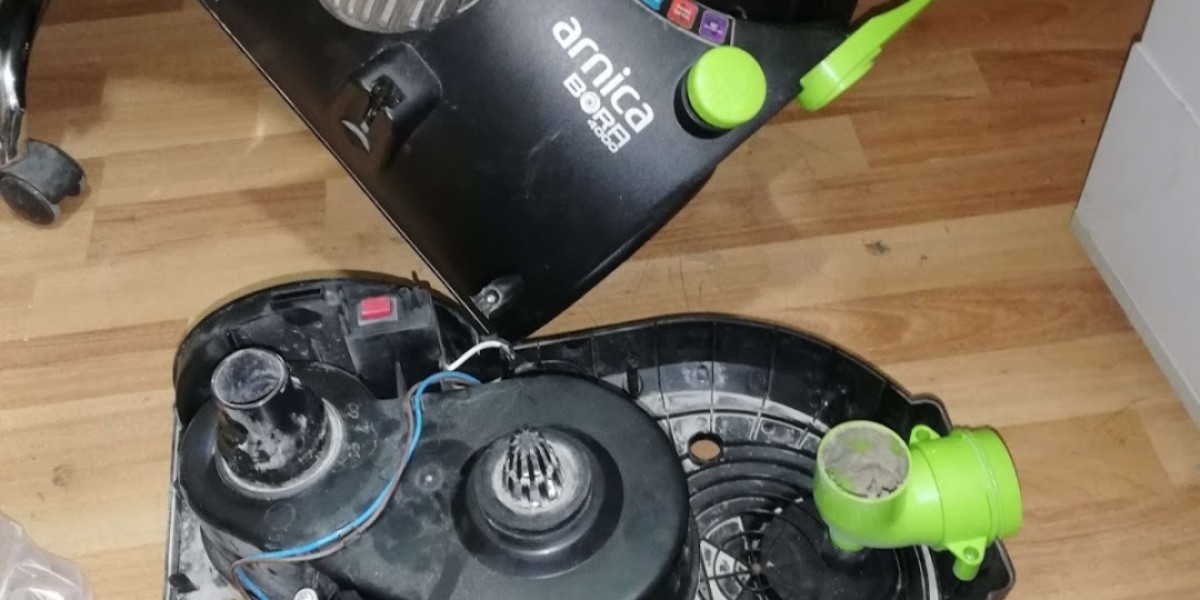A bare conductor is a metallic wire or group of wires without any insulating or protective covering. These conductors are commonly used in electrical transmission and distribution lines where environmental insulation is not required because they are supported by insulators. Their main role is to carry electrical energy over long distances with minimal power loss.
Why Are Bare Conductors Important in Power Transmission?
Bare conductors are the backbone of power grids. They ensure:
✅ Efficient energy transmission over long distances.
✅ Cost-effectiveness, as they eliminate the need for costly insulation materials.
✅ Durability, thanks to robust materials like aluminum and copper.
These qualities make them indispensable for high-voltage overhead lines, substations, railway electrification, and rural electrification projects.
Types of Bare Conductors
Different applications require different types of bare conductors. Here’s a quick breakdown:
| Type | Material | Key Applications | Features |
|---|---|---|---|
| AAC (All Aluminum Conductor) | 99.7% pure aluminum | Short spans, urban areas | Lightweight, good conductivity |
| ACSR (Aluminum Conductor Steel Reinforced) | Aluminum strands with steel core | Long spans, river crossings, high tension | High tensile strength, weather resistant |
| AAAC (All Aluminum Alloy Conductor) | Aluminum alloy | Coastal regions, urban & rural | Corrosion resistant, high strength |
| Copper Bare Conductor | Copper | Substations, grounding systems | Excellent conductivity, durable |
Advantages of Using Bare Conductors
? High Current Carrying Capacity: Bare conductors can handle large electrical loads, making them ideal for power-hungry grids.
? Reduced Costs: Without insulation, production and installation costs are lower compared to covered cables.
? Ease of Installation: Lightweight designs make them easier to transport and string across poles and towers.
? Long Lifespan: Materials like aluminum and copper resist corrosion and mechanical stress, ensuring decades of reliable service.
Common Applications of Bare Conductors
Bare conductors have a wide range of uses:
Overhead Transmission Lines: The most common application.
Ground Wires: For system protection against lightning.
Railway Electrification: Supplying power to rail systems.
Substations: For busbars and connections between equipment.
Earthing and Bonding: Ensures safe dissipation of fault currents.
How to Choose the Right Bare Conductor
Choosing the correct type depends on factors like:
Span Length: Longer spans often use ACSR due to tensile strength.
Environmental Conditions: Coastal regions may require AAAC to resist corrosion.
Voltage Levels: Higher voltages need conductors with greater cross-sectional area.
Budget Constraints: AAC is cost-effective for shorter distances and urban lines.
Key Standards for Bare Conductors
Reputable manufacturers comply with international standards to ensure safety and performance:
ASTM (American Society for Testing and Materials)
IEC (International Electrotechnical Commission)
BS (British Standards)
IS (Indian Standards)
Always check certifications when sourcing bare conductors to guarantee reliability and compliance.
FAQs About Bare Conductors
❓ What material is best for bare conductors?
Both aluminum and copper are excellent, but aluminum is lighter and cheaper, while copper provides better conductivity and mechanical strength.
❓ Are bare conductors safe?
Yes, when installed with proper insulators and grounding systems, bare conductors are safe and reliable for overhead lines.
❓ How do bare conductors handle weather exposure?
They’re designed to withstand wind, rain, snow, and temperature fluctuations. For harsh environments, anti-corrosion alloys like AAAC are preferred.
❓ Why are some bare conductors reinforced with steel?
ACSR conductors use a steel core to add tensile strength, enabling them to span long distances without sagging.
Expert Tips for Installation and Maintenance
✔️ Regular Inspections: Inspect for physical damage, corrosion, or loose fittings.
✔️ Tension Monitoring: Maintain proper tension to avoid conductor sag, which can cause power loss or outages.
✔️ Use Certified Installers: Installation should always be done by trained professionals to meet safety standards.
✔️ Upgrade When Needed: As power demand grows, upgrade to conductors with higher current capacity.
Bare Conductors: A Cost Comparison Table
Here’s a general idea of how various bare conductors compare in terms of cost and lifespan:
| Conductor Type | Relative Cost | Average Lifespan |
|---|---|---|
| AAC | Low | 30–40 years |
| ACSR | Medium | 40–50 years |
| AAAC | Medium-High | 35–45 years |
| Copper | High | 50+ years |
What the Future Holds for Bare Conductors
With the push towards renewable energy, the demand for robust transmission lines is skyrocketing. Innovations like high-temperature low-sag (HTLS) conductors are enhancing the performance of traditional bare conductors. These technologies allow grids to carry more power while minimizing losses and structural strain.
Power utilities worldwide are modernizing grids by replacing aging lines with advanced bare conductors that offer improved capacity and resilience.
Pro Tips to Source High-Quality Bare Conductors
✅ Partner with trusted manufacturers with a strong track record in the power sector.
✅ Verify compliance with global standards (ASTM, IEC, BS).
✅ Request product data sheets to review specifications like tensile strength and corrosion resistance.
✅ Consider the total cost of ownership—cheaper conductors may have higher maintenance costs over time.
Essential Checklist Before Installing Bare Conductors
? Site Survey: Analyze terrain, span lengths, and weather conditions.
? Load Calculation: Ensure conductor size matches load requirements.
? Environmental Impact: Evaluate potential corrosion factors.
? Safety Measures: Plan for insulation distances, clearances, and grounding.
How Professionals Stay Ahead
Leading engineers and electrical contractors stay informed through:
Regular training on new conductor technologies.
Industry forums and technical conferences.
Updates on local and international standards.







